Have you ever noticed feeling tired and fatigued even after a good night's sleep? Do you feel tightness in your muscles that just won't go away? If yes, you're not alone. Tight muscles can lead to ongoing fatigue, making it difficult to carry out daily tasks and enjoy life to the fullest. In this blog post, we'll explore why tight muscles can lead to fatigue and how foam rolling can help alleviate these symptoms.
Why Do Tight Muscles Lead to Fatigue?
Tight muscles can lead to fatigue in a few different ways. Firstly, when muscles are tight, they're less efficient at producing energy. This is because tight muscles restrict blood flow, which means that oxygen and nutrients can't get to the muscles as easily. As a result, your muscles have to work harder to produce energy, which can lead to fatigue and a feeling of lethargy.
Secondly, tight muscles can lead to poor posture, which can cause fatigue in other parts of the body. For example, if you have tight muscles in your back, you may find that you slouch forward, which can put extra strain on your neck and shoulders. This can cause tension headaches and make it harder to concentrate, leading to a feeling of fatigue.
Lastly, tight muscles can cause pain and discomfort, which can make it difficult to sleep. When you don't get enough sleep, your body doesn't have enough time to repair and restore itself, which can lead to ongoing fatigue.
How Can Foam Rolling Help?
Foam rolling is a technique used to release tension in the muscles. It involves using a foam roller to apply pressure to the muscles, which can help increase blood circulation and reduce muscle tightness. Here's how foam rolling can help alleviate fatigue:
-
Increase Blood Circulation: Foam rolling helps to increase blood circulation to the muscles, which can help to deliver oxygen and nutrients to the muscles more efficiently. This can help to improve muscle function and reduce fatigue.
-
Reduce Muscle Tightness: Foam rolling can help to release tension in the muscles, which can reduce muscle tightness and improve flexibility. This can make it easier to move around and carry out daily tasks, reducing the feeling of fatigue.
-
Improve Energy Levels: By reducing muscle tightness and increasing blood circulation, foam rolling can help to improve energy levels. When your muscles are functioning optimally, you'll have more energy to carry out daily tasks and enjoy life to the fullest.
How to Foam Roll:
Foam rolling is a simple technique that you can do at home. Here's how to foam roll:
-
Choose a foam roller: You can purchase a foam roller online or at a fitness store. Choose a roller that's firm enough to apply pressure to your muscles, but not so firm that it causes pain.
-
Identify the muscles to target: You can foam roll any muscle group, but common areas to target include the calves, quads, hamstrings, back, and shoulders.
-
Start with gentle pressure: Lie on your foam roller and apply gentle pressure to the muscles you're targeting. Roll back and forth slowly, focusing on any areas of tightness or discomfort.
-
Increase pressure gradually: As you get used to the sensation, you can increase the pressure gradually. However, don't apply too much pressure, as this can cause pain or injury.
-
Spend 1-2 minutes on each muscle group: Foam roll each muscle group for 1-2 minutes, focusing on any areas of tightness or discomfort.
Tight muscles can lead to ongoing fatigue, making it difficult to carry out daily tasks and enjoy life to the fullest. However, by using a foam roller to increase blood circulation, reduce muscle tightness, and improve energy levels, you can alleviate these symptoms. So










Leave a comment
This site is protected by hCaptcha and the hCaptcha Privacy Policy and Terms of Service apply.